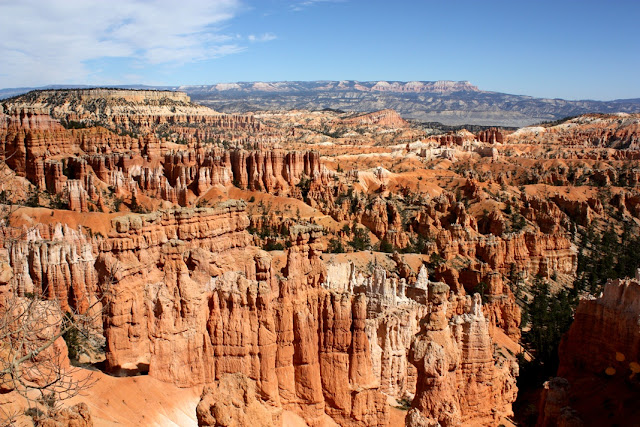I
know I have not posted in a very long time and most of you suspect rightly that
there is a reason: I
actually do not know what to say!
The
last 6 weeks have been an ongoing up and down and unfortunately I cannot even
blame it on the visits of my parents and friends. Those visits helped because
they gave me a chance for some social interaction.
But
the family peace is constantly threatened and is going up and down.
For
example on October 6th (just days after my last relatively positive last
post) I could have reported: “This is it! We are going home! Won’t work! Can’t
stand each other anymore and before we kill each other, we better go home!”
Unfortunately
there is no house to get “home” to anymore. On the other hand that raises the
question what is home? Home is probably not a house but people; the people who
love you, care for you and take part and interest in your life. And where are
those people? Of course in Hilton Head and in Germany. So those places would be
home, even without a house!
Like
one of my favorite songs in church: The church is not a building….the church is
its people…
Back
to the beginning of October: the mood was shot, communications stopped, tears
flowed and it was clear: we failed, we give up, and we go home. Then my parents
came and the time for some productive and sensuous communication possibilities
was even less…fortunately Ben slept several nights with my patents in a hotel
and we got a chance to talk and fight some more. Manfred and I are both
persons who do NOT easily give up! We both hated the thought of having failed.
But we did not see a real solution either. Ever since we talk, plan and
discuss and sometimes get very close to fighting again….and nothing seems to be
right! We came up with a compromise 2 weeks ago but it seems to be one that
neither Manfred nor I are really happy with. We both feel like we gave up too
much for this compromise! So discussions and new (never before thought about)
crazy plans arise; see pics! Which makes no sense at all! We seem to be lost, utterly
lost in knowing who we are and what we actually want and intended with this
trip!!!
Especially
since we seldom seem to be on the same page anymore. Most of the time it seems
like we want totally opposite things! I am mightily surprised by this change of
the original (hoped for) plan! I do know that I wanted to explore and live new
ways (and challenges) of life but I did not asked specifically for new
challenges in my relationship (I already had enough of those before we started the trip
J). But so far this seems to be the outcome:
WHAT the heck do WE (as a married couple) want ??? Can we ever be on the same
page? I know mostly what I want…I am not sure what Manfred is looking for….and
I have no clue what we both together are looking for!
I
am even reluctant to post the compromise we came up with because I have no idea if it will change and I will have to correct myself…
Again
I am back to stating that I do not know what to say!
We
will (as planned) fly home to Hilton Head on November 19th for Thanksgiving
with all our friends and then will go on home to Germany on December 4th
to spend Christmas with family!
What
will we do in 2013? I guess only God knows!
We need to keep working on it and we need all your prayers because FAILURE IS
NOT AN OPTION!
 |
| Looking at a farm near Pagosa Springs, CO |
 |
| Checking out a log cabin near Durango, CO |
 |
| Are we really considering buying a farm near Durango, CO? |
 |
| Durango, CO |

 Our campground is located in the little village of Bayfield, 20 mi east of Durango. Most campgrounds close by the end of October, which adds a little challenge to our trip. There are about 8 campgrounds in Durango, and not one of them was open!
Our campground is located in the little village of Bayfield, 20 mi east of Durango. Most campgrounds close by the end of October, which adds a little challenge to our trip. There are about 8 campgrounds in Durango, and not one of them was open!
 Our campground is located in the little village of Bayfield, 20 mi east of Durango. Most campgrounds close by the end of October, which adds a little challenge to our trip. There are about 8 campgrounds in Durango, and not one of them was open!
Our campground is located in the little village of Bayfield, 20 mi east of Durango. Most campgrounds close by the end of October, which adds a little challenge to our trip. There are about 8 campgrounds in Durango, and not one of them was open!





















































